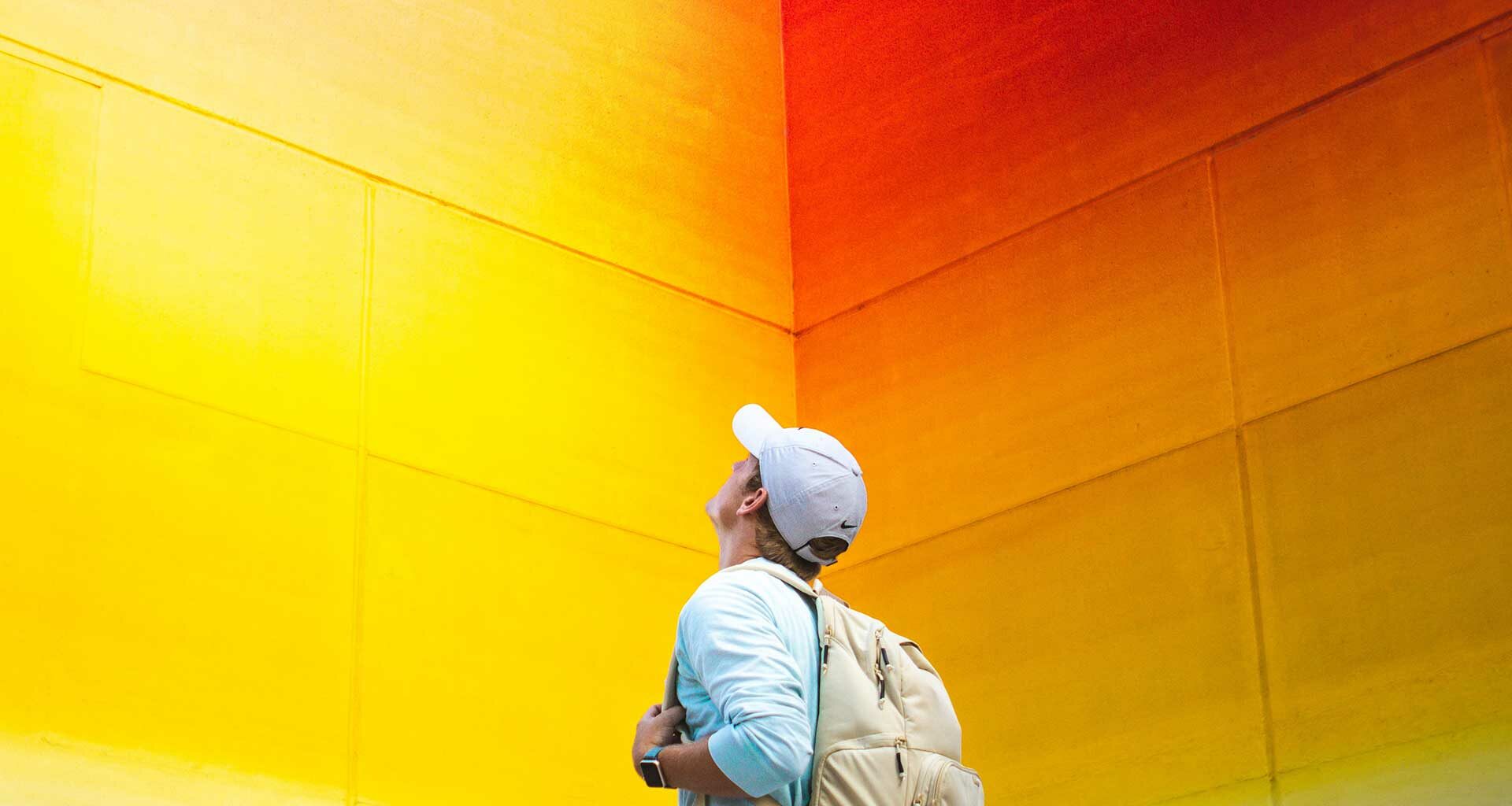Next week we’re releasing our 26th annual Customer Loyalty Engagement Index. How brands in different categories rank when it comes to loyalty. It’s a lot bigger than when the survey was first released in 1997. It’s bigger and there’s some even bigger news this year!
When we started, we initially looked at 25 categories. The basics. You know, soft drinks and fast food. Banks and Long-Distance Providers. No, really, “Long-Distance Providers!” I’m not sure how many brands there were, but there couldn’t have been a lot more than 120 or so. But it was the start of real loyalty assessments.
Not for nothing, but back in 1984 when we launched Brand Keys, “satisfaction” and “loyalty” were used interchangeably. You could get folks to mumble semantic differences. But you really had to press them on it. No, satisfaction measures were actually used as surrogates for “loyalty” assessments. Not by us, I hasten to add, and sure, that was 40 years ago, but why would you expect anything different? Satisfaction measures were easy and (real) loyalty wasn’t. And nobody was making a big deal about it. Well, except us. We thought it was a very big deal!
It took 15 more years for loyalty to come into its own. The Quality and ISO movements guaranteed brands still in business were, well, satisfactory. And undifferentiated. (That’s still the case. And why “awards” for satisfaction read a lot like, “Highest satisfaction for a new, 4-door, all electric crossover vehicle with fewest problems in first 30 days of ownership. In blue.”) But I digress.
So, researchers did what they were forced to. Change. Well, not change completely. Or even a lot. Because folks had a lot invested in satisfaction and satisfaction was, well, easy. And profitable. So, most researchers and brands came late to loyalty. In most cases, research companies just put a new coat of paint on satisfaction. They whitewashed over it and re-painted it as “loyalty.” In the largest, reddest letters they could. The conversation eventually shifted to “loyalty,” but it took a while. So, loyalty – both real and sham – got bigger.
We got bigger too. But to be fair, we’ve been loyalty thought-leaders for 40 years. More to the point, the annual study of real loyalty got bigger to accommodate diverse customer segments and the ever-expanding brandscape. So, this year we examined 110 categories, interviewed 113,550 consumers, men and women, 16 to 65 YOA, from the nine US Census Regions. They self-selected categories in which they were consumersand the brands for which they’re customers, and assessed 987 brands. So, yeah, bigger.
Not just bigger – every year, more challenges and the need to be even more accurate, too. A more brand-literate consumer, hot-wired to the Internet and social networks via smartphones and a more complex brand and mediascape required more accurate loyalty measures. So, we developed them. Now we use an independently-validated approach fusing emotional and rational category attributes, benefits, and values to identify four category-specific path-to-purchase behavioral loyalty drivers. Those loyalty drivers describe how consumers view a category, compare brands in that category, and, how they’re going to buy. (And most importantly), buy again. We’re talking loyalty here, not just satisfaction. Just saying.
All this necessitated more rigor. And, I am extraordinarily proud to say, there’s (real) rigor to our loyalty assessments. A combination of psychological inquiry and a 3-step higher-order statistical analyses. A test/re-test reliability of 0.93. Results are generalizable at the 95% confidence level. And assessments that correlate very (very) highly with positive consumer behavior – at the 0.80+ level. Most critically, the assessments measure the hard-for-consumers-to-articulate-and-even-harder-for-brands-to-measure expectations consumers hold for each of the four category loyalty drivers.
AND HERE’S THE BIG NEWS: Shifts in the order of category loyalty drivers have fundamentally changed the face of brand loyalty for 91% of the categories we track. Oh, and modifications in how consumers are viewing, comparing, and buying have generated a radically widened gap between customer desire and brand delivery. Expectations are up! Again and a lot!
So, here’s where we are. Forty years after founding Brand Keys, 26 years after the original Customer LoyaltyIndex was fielded (“Engagement” got added in when loyalty paradigms shifted and more emotional aspects needed to be accounted for), and 2 ½ years after the pandemic upended life, the universe, and everything, the marketplace is normalizing. But the characterization ‘normalized’ now takes into account extraordinarily complex levels of social and consumer advocacy, combative political tribalism, all on an economic rollercoaster. Which explains consumers’ new-views of product categories and brands amid frighteningly higher expectations. With a new paradigm for (real) loyalty.
And this new paradigm for loyalty can be captured in one word – “expectations.” Loyalty can be calibrated precisely to customers’ expectations. But as expectations are more emotional than rational, identifying them is tricky. It’s tricky because expectations are often unarticulated and more-often subconsciously felt. Hence our use of psychological measures. Shifts in expectations result in massive changes in consumer wants, needs and desires. And how brands are seen capable of delivering against those expectations. You really do need to be able to measure both those things.
I’m sure you’ll recognize the brands customers deemed as best meeting their expectations, because they’re all big brands. Some of 2023 #1’s includes Apple, Levi Strauss, Dunkin’, Oscar Meyer, Amazon, Konica Minolta, Hyundai, Lego, and McDonald’s. So, yeah, all big brands. But you don’t get to be big without the kind of loyalty they’re able to generate. And you don’t get loyalty unless you’re able to close the gap between what consumers expect and what your brand is believed to deliver. And the ability to meet these extraordinarily higher consumer expectations? They come with a multiplier-effect – usually six time more – when it comes to attention, brand engagement, creating desire, trial, purchase, and, of course, loyalty.
Because brands that best meet expectations always have the most-loyal customers. And happily, accurate loyalty metrics can help identify those expectation gaps, help inform how to close them, and help keep marketers and their brands (very) profitable.
Tune in next week and see if your brand made the expectation cut!
Robert Passikoff is founder and CEO of Brand Keys. He has received several awards for market research innovation including the prestigious Gold Ogilvy Award and is the author of 3 marketing and branding books including the best-seller, Predicting Market Success. Robert is also a frequent contributor to TheCustomer.
Photo by Adam Thomas on Unsplash












